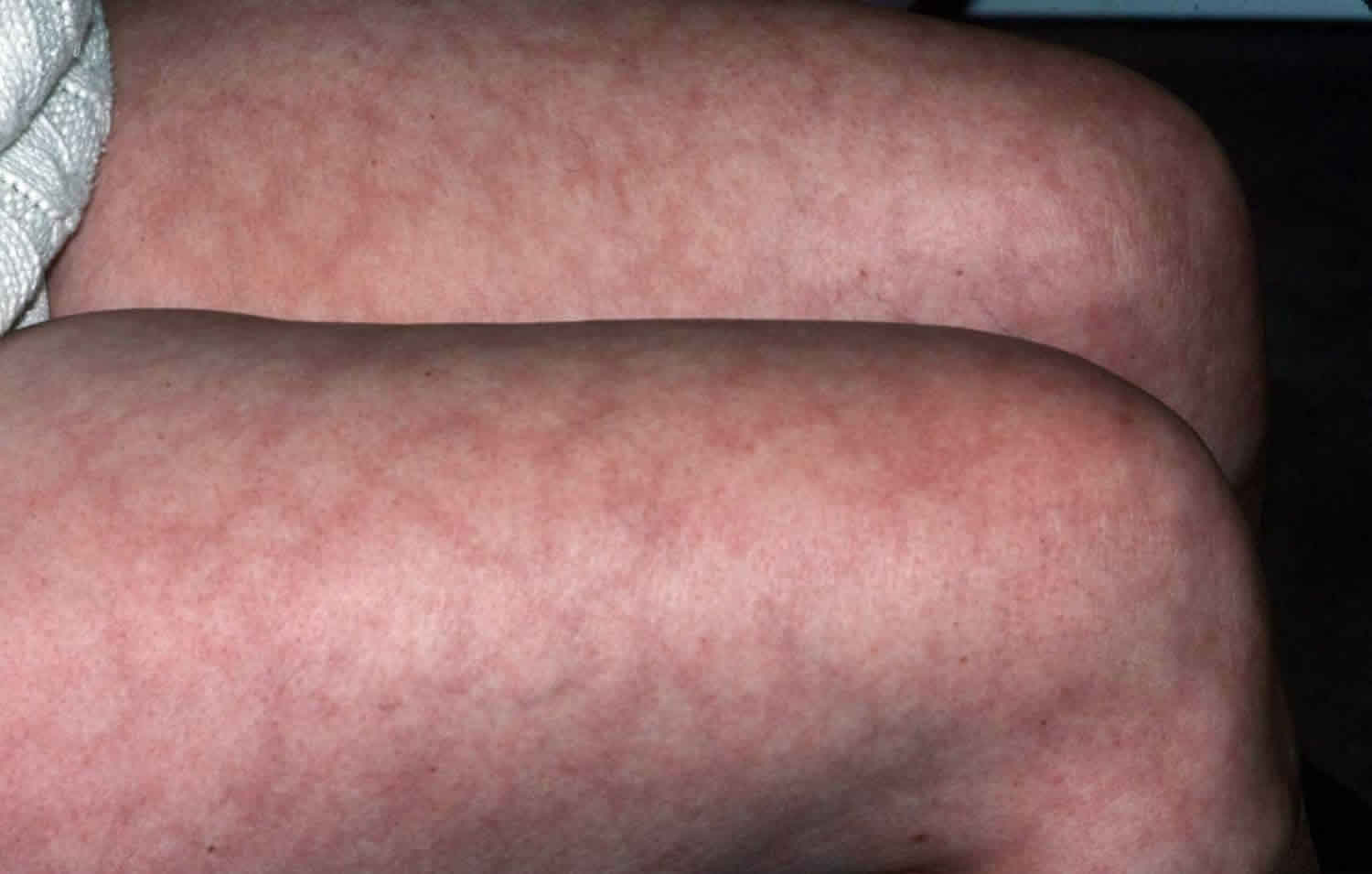
Mottled skin or livedo reticularis causes, diagnosis and treatment
Livedo reticularis is a common skin finding consisting of a mottled reticulated vascular pattern that appears as a lace-like purplish discoloration of the skin. [1] The discoloration is caused by reduction in blood flow through the arterioles that supply the cutaneous capillaries, resulting in deoxygenated blood showing as blue discoloration.
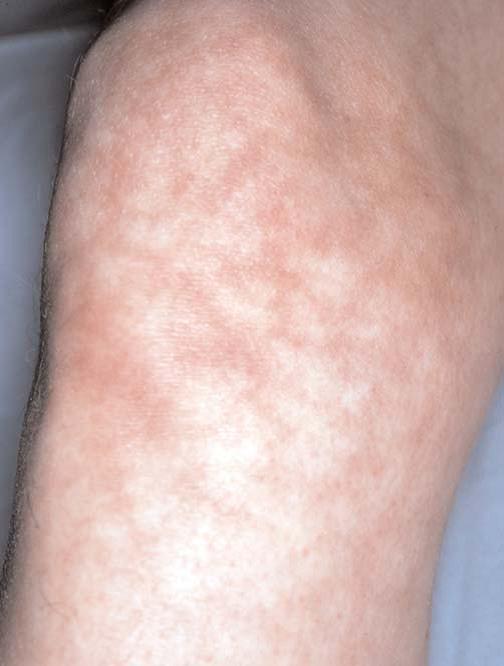
livedo reticularis lupus pictures, photos
Mottled skin, also called livedo reticularis, is skin that has patchy and irregular colors. The skin may have red and purple marks, streaks, or spots. It may also have a marbled appearance.

Livedo Reticularis Pictures, Symptoms, Causes, Diagnosis, Treatment
This photo shows the lacy pattern of erythema typical of livedo reticularis.

Image Livedo Reticularis (Leg) MSD Manual Professional Edition
Also called marbled skin, livedo reticularis is a normal and usually harmless body response that causes your skin to become pale and covered in red or purple patterns. It's usually caused by.
:max_bytes(150000):strip_icc()/VWH-DermNetNZ-Livedo-01-2acc86b3b79f4a68b235ef1db28e21f2.jpg)
Livedo Reticularis Causes, Symptoms, and Treatment
Livedo reticularis is a livedoid discolouration of the skin in a reticular pattern. Broadly speaking, livedo is divided into physiological and pathological livedo. Physiological livedo (cutis marmorata) is commonly seen on the legs of infants and young women in cold weather and improves on rewarming.
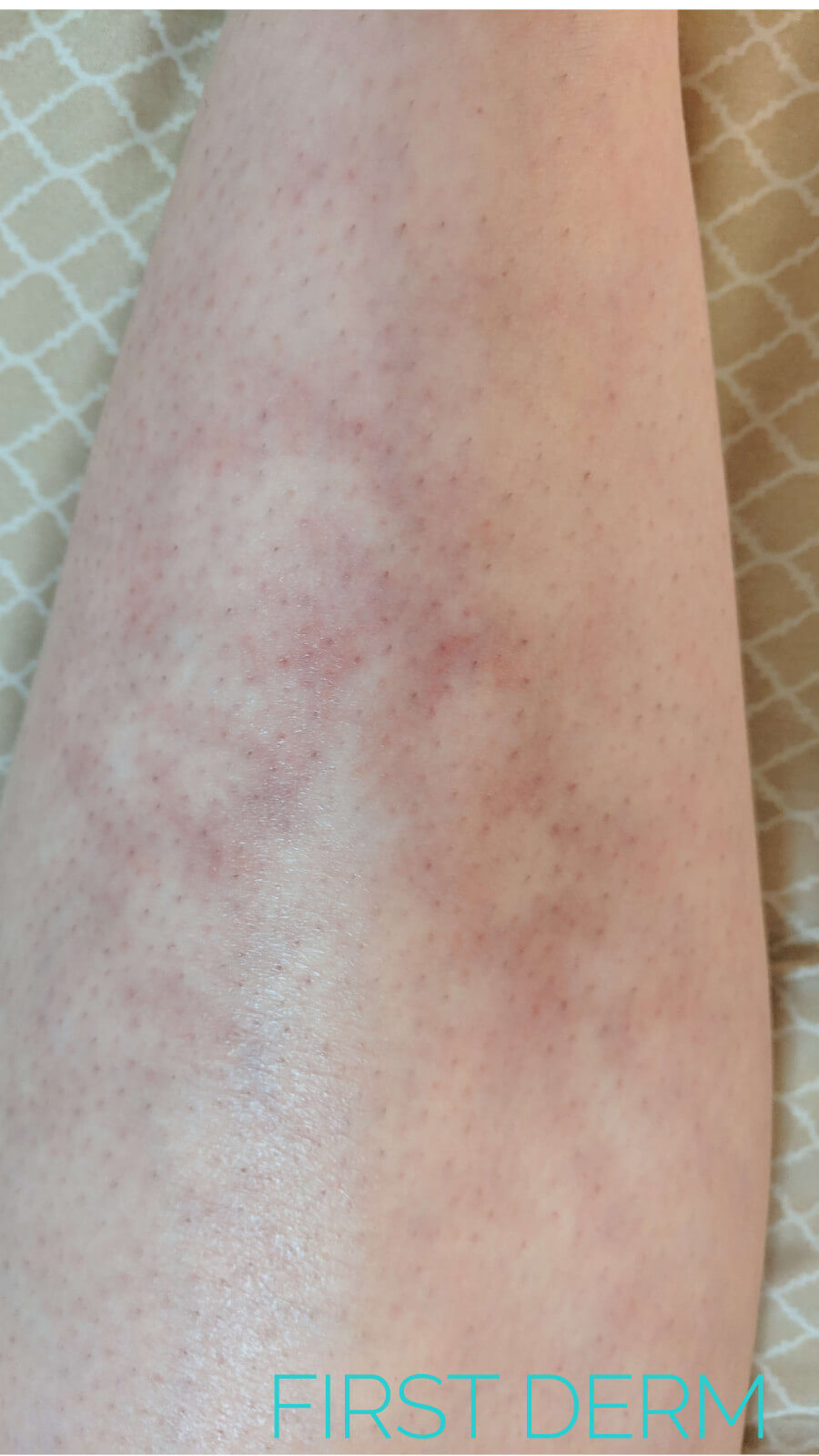
Livedo Reticularis Online Dermatology
Livedo reticularis. Also called marbled skin, livedo reticularis is a normal and usually harmless body response that causes your skin to become pale and covered in red or purple patterns. It's usually caused by cold temperatures and will go away without treatment.

Livedo Reticularis Cancer Therapy Advisor
Livedo reticularis. Livedo reticularis is a vascular condition characterized by a mottled, purplish discoloration of the skin, usually on the legs. It may be aggravated by cold exposure. There is a problem with information submitted for this request. Review/update the information highlighted below and resubmit the form.

Livedo Reticularis RheumExam Atlas
However, her livedo reticularis persisted. Livedo reticularis is a violaceous reticular discolouration of the skin, with connecting rings forming a network-like pattern, more commonly involving the extremities. This discolouration appears when peripheral venous plexuses of the skin become visible, resulting from venodilation, venous pooling.

Livedo reticularis in the leg Stock Image C011/7552 Science Photo
Prevention Summary Mottled skin refers to a lace-like pattern of reddish-blue blotches that appears over pale skin. Another name for it is livedo reticularis. This article will explain more about mottled skin and why it happens. It will also explain ways a person can reduce the appearance of mottled skin. What is mottled skin?

Livedo Reticularis Lupus Pictures, Photos 90D
Livedoid vasculopathy is a rare, chronic vascular disorder characterised by persistent painful ulceration of the lower extremities. The condition occurs chiefly but not exclusively on the lower leg or foot. Livedoid vasculopathy was also known as ' livedo vasculitis ', 'livedoid vasculitis' and 'livedo reticularis with summer ulceration'.
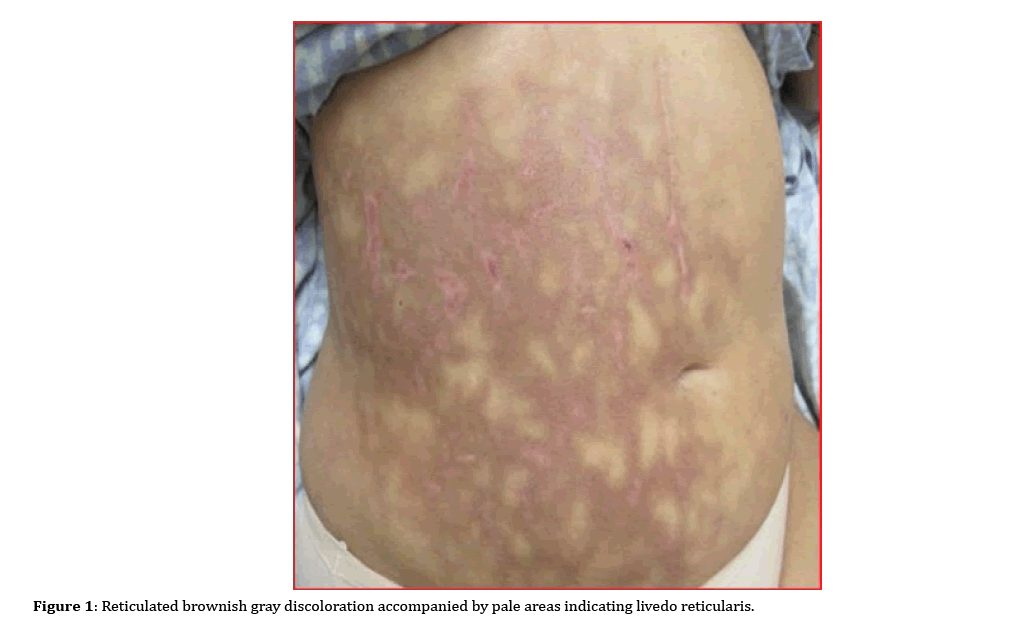
Livedo Reticularis A Rare Skin Manifestation of Pancreatitis
Livedo reticularis is a web-like pattern of discoloration in the skin. It happens because of problems with small blood vessels and may occur alongside rheumatoid arthritis (RA). When you think.

Livedo ReticularisCausesSymptomsTypesTreatmentPrognosis
Mottled, netlike pattern of blue-red to violaceous interconnecting patches of rings on the skin (Figure 1). Figure 1. Livedo reticularis. Physiologic LR: Discoloration is more faint and network is narrow-based. Most commonly on lower extremities and less frequently on upper extremities or trunk. Transient and resolves with warming.

Livedo reticularis
Livedo reticularis. Also called marbled skin, livedo reticularis is a normal and usually harmless body response that causes your skin to become pale and covered in red or purple patterns. It's usually caused by cold temperatures and will go away without treatment.

Unilateral livedo reticularis in a COVID19 patient Case with fatal
Livedo reticularis refers to various conditions in which there is mottled discolouration of the skin. It is described as being reticular (net-like, lace-like), as cyanotic discolouration surrounds pale central skin. The terminology of livedo reticularis may include: Cutis marmorata: physiological, variable livedo

Livedo Reticularis Dermatology Advisor
Livedo reticularis. Also called marbled skin, livedo reticularis is a normal and usually harmless body response that causes your skin to become pale and covered in red or purple patterns. It's usually caused by cold temperatures and will go away without treatment. Image Source: © Richard Usatine, MD Text Source: National Library of Medicine
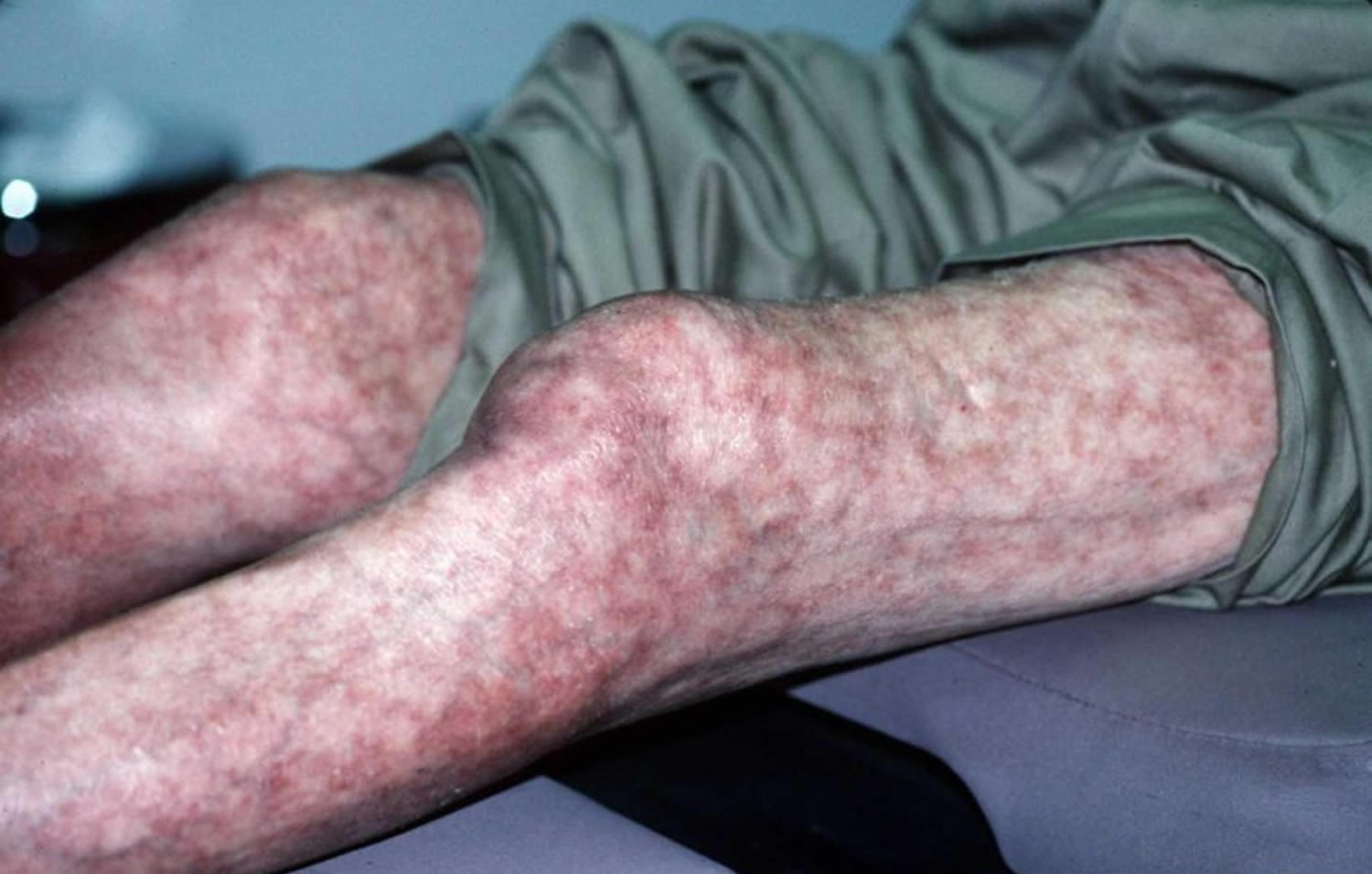
Mottled skin or livedo reticularis causes, diagnosis and treatment
Causes Symptoms Diagnosis Treatment Livedo reticularis (LR), also known as mottled skin, is a type of skin discoloration that can occur if there is an interruption of blood flow to the skin. This is often a temporary, harmless phenomenon that is the result of exposure to cold temperatures or stress.